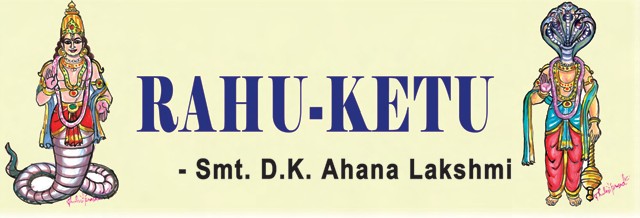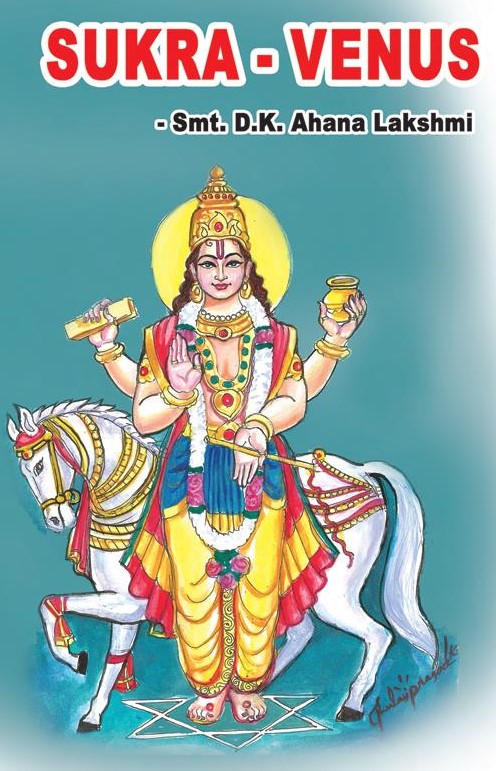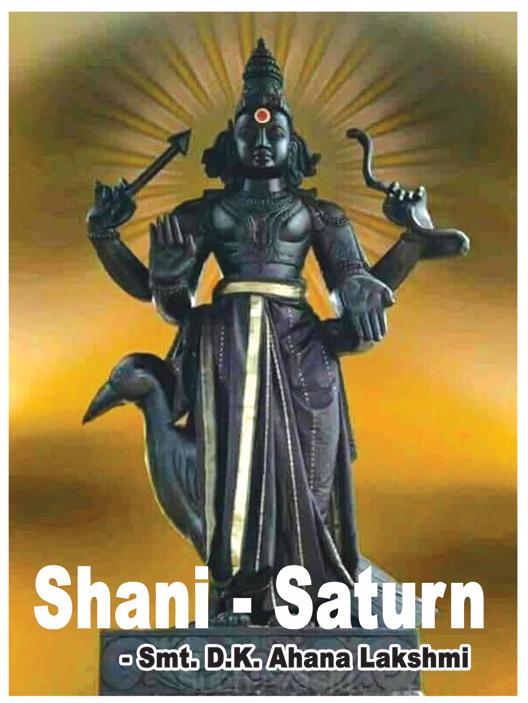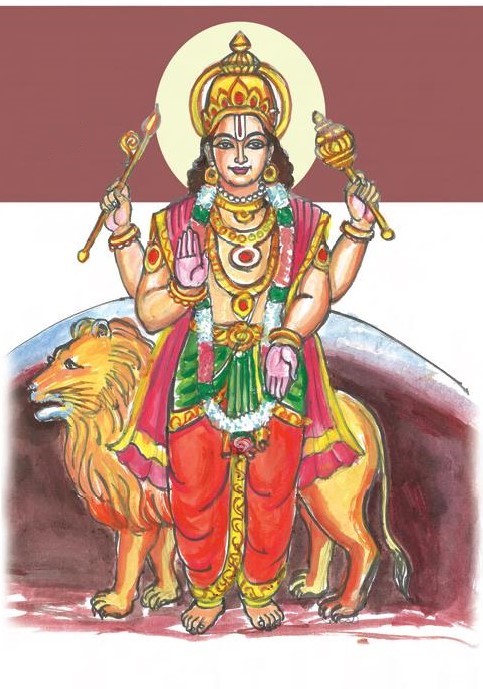Rahu Ketu Effects: Understanding Their Influence on Your Life Rahu Ketu are called Chaya graha or shadow planets but are considered astrologically very important. Unlike other grahas, they do not rule over a physical planet and do not correspond to any day of the week. Astronomically, they are supposed to denote the points of intersection Read More
Category: navagraha
The navagraha are nine heavenly bodies and deities that influence human life on Earth according to Hinduism and Hindu astrology. The term is derived from nava and graha. The nine parts of the navagraha are the Sun, Moon, planets Mercury, Venus, Mars, Jupiter and Saturn, and the two nodes of the Moon.
Mangala (Mars) – Navagrahas (9 Planets)
Suryascandro mangalasca budhascapi brahaspati Sukrahsaniscaro rahuh ketusceti navagrahah || Navagraha – Celestial influencers Sun, Moon, Mars (Mangala), Mercury (Budha), Jupiter, Sukra (Venus), Saturn (Shani), Rahu, and Ketu are the nine planets. When you are in a remote village and look at the sky at night without the light pollution of the cities, you become aware Read More
Sukra (Venus) – Navagrahas (9 Planets)
Suryascandro mangalasca budhascapi brahaspati Sukrahsaniscaro rahuh ketusceti navagrahah || Navagraha – Celestial influencers Sun, Moon, Mars, Mercury (Budha), Jupiter, Sukra (Venus), Saturn (Shani), Rahu, and Ketu are the nine planets. When you are in a remote village and look at the sky at night without the light pollution of the cities, you become aware of Read More
Shani (Saturn) – Navagrahas (9 Planets)
Suryascandro mangalasca budhascapi brahaspati Sukrahsaniscaro rahuh ketusceti navagrahah || Navagraha – Celestial influencers Sun, Moon, Mars, Mercury (Budha), Jupiter Venus, Saturn (Shani), Rahu, and Ketu are the nine planets. When you are in a remote village and look at the sky at night without the light pollution of the cities, you become aware of the Read More
Budha (Mercury) – Navagrahas (9 Planets)
Suryascandro mangalasca budhascapi brahaspati Sukrahsaniscaro rahuh ketusceti navagrahah || Navagraha – Celestial influencers Sun, Moon, Mars, Mercury (Budha), Jupiter Venus, Saturn, Rahu, and Ketu are the nine planets. When you are in a remote village and look at the sky at night without the light pollution of the cities, you become aware of the shining Read More




